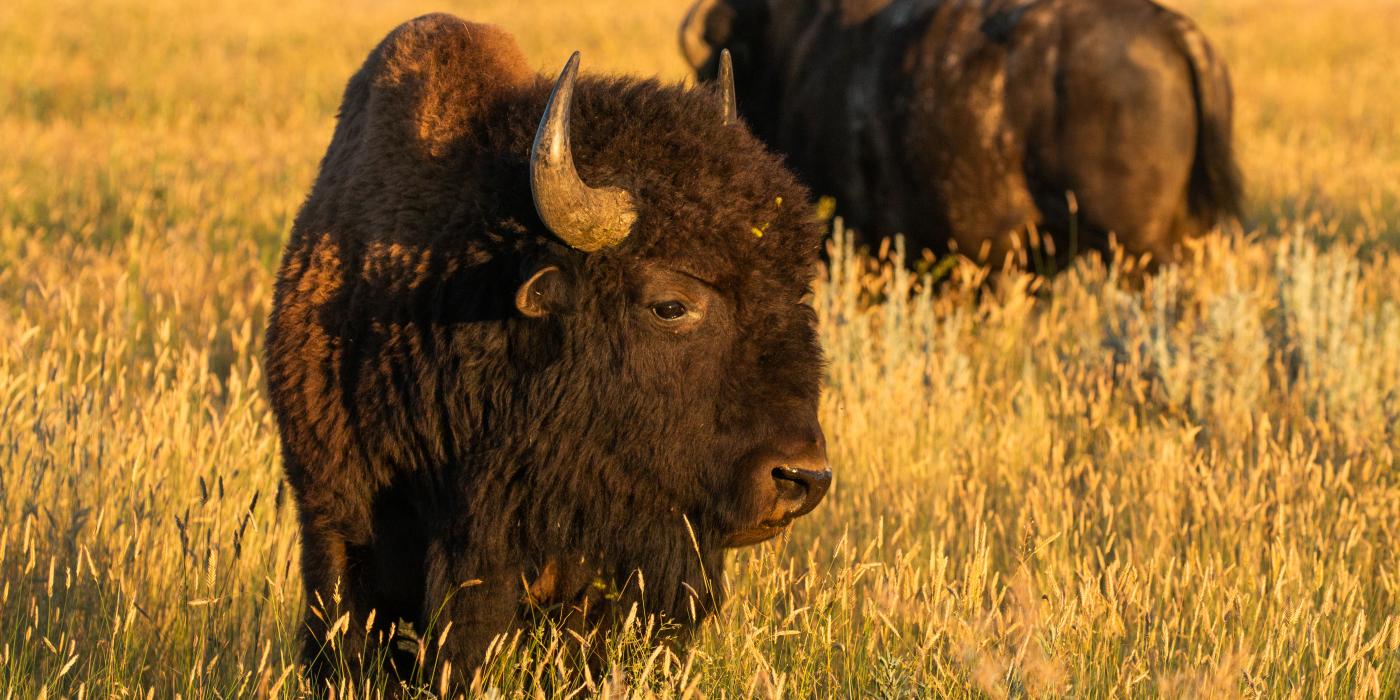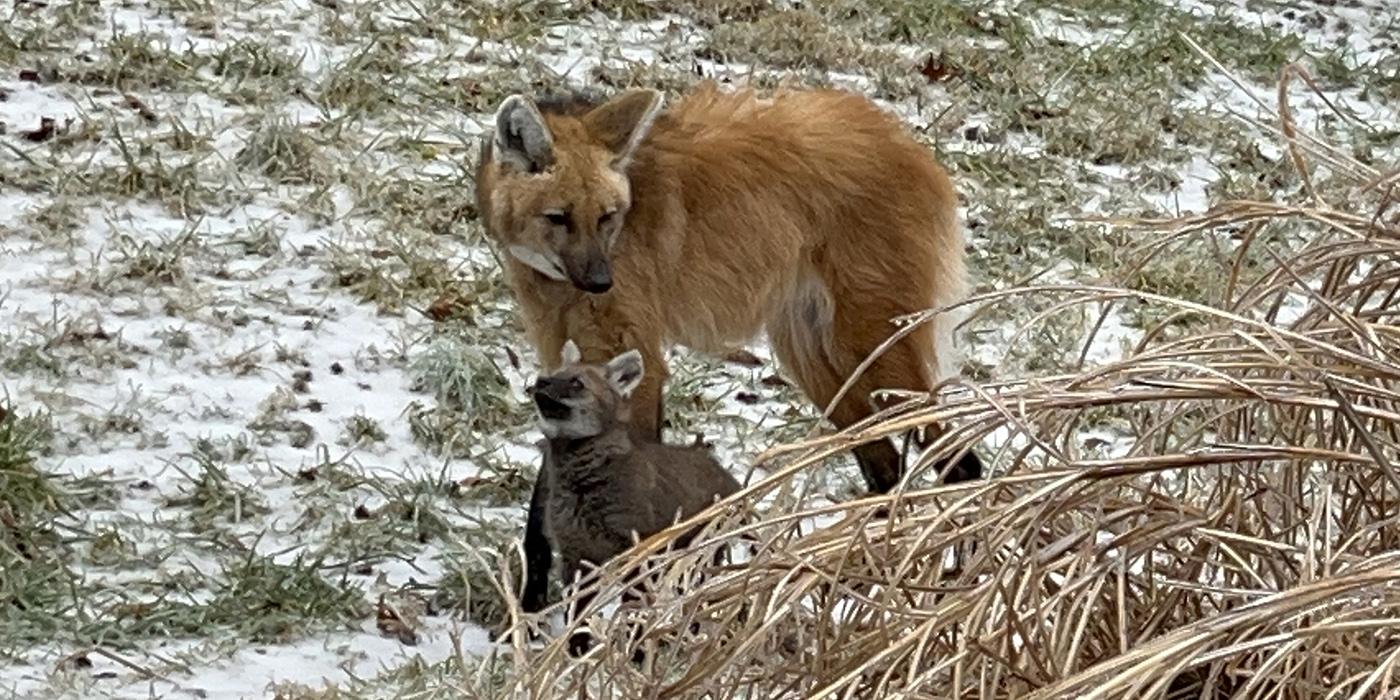2018 Conservation Wins, Part One
The Smithsonian’s National Zoo and Conservation Biology Institute is dedicated to saving species. Every year, its team of conservationists here and around the globe works hard to make that mission a reality — and 2018 was no exception.
In fact, it was such a busy year that we couldn't fit it all in one blog! Take a look back at some of the biggest conservation success stories of 2018:
Saving Frogs with Science
Though once common along highland streams in western Costa Rica and Panama, the variable harlequin frog is now endangered throughout its range. It is especially sensitive to the amphibian chytrid fungus, which has pushed many frog species to the brink of extinction in Central America.
In January, Smithsonian researchers released 500 variable harlequin frogs (bred in human care) in Panama’s Colon province as a first step toward full-scale reintroduction of the species.
The Birds and the Bugs
Insect-eating birds require high-calorie, high-protein cuisine — namely caterpillars and spiders — during the breeding season. Smithsonian Migratory Bird Center scientists discovered that landscaping with even a small proportion of nonnative plants reduces the insect menu.
Their study, published in October, found that a lack of insects led to a decline in the breeding success and population growth of the Carolina chickadee. It was the first study to link the decline of common backyard birds to reduced insect prey brought on by the presence of nonnative plants.
The good news? Replacing those plants with native species can provide food for both common North American species and migratory birds that rely on suitable stopover habitat during their journeys. Check out this guide to creating a bird friendly home and yard.
Breakthroughs in Coral Conservation
For the first time, SCBI scientists successfully cryopreserved (froze) and thawed coral larvae from the mushroom coral — a breakthrough that will allow scientists to biobank coral in its early developmental stages. By banking coral larvae, conservationists can safeguard at-risk species and their genetic diversity, helping to prevent extinctions and potentially bolster the health of wild populations.
Following this groundbreaking science, Smithsonian researchers and partners collected more than 150,000 live eggs from endangered elkhorn coral in Curaçao and fertilized them with frozen elkhorn sperm from Florida, Puerto Rico and Curaçao.
It was the first time researchers used cryopreserved coral sperm to support the gene migration of coral populations that would otherwise remain geographically and genetically isolated.




